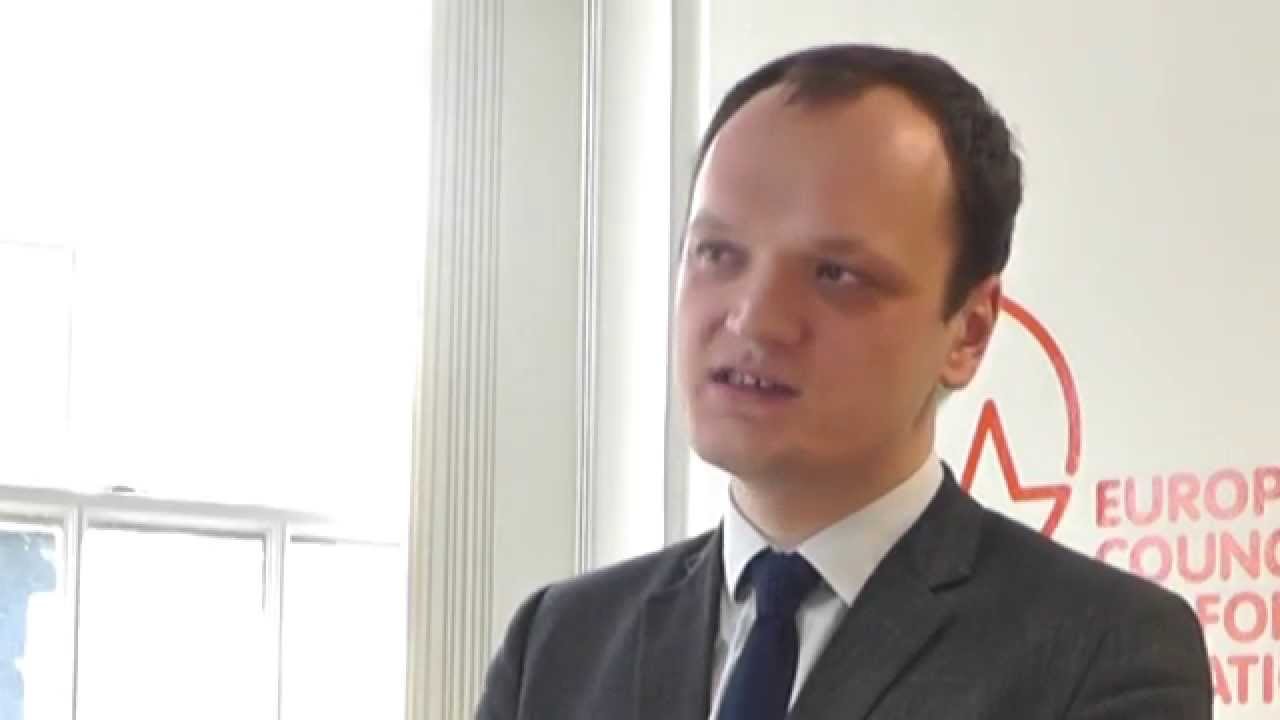Internal resistance or external intervention?
A panel of experts give us their opinion on what is the best driver for political change
Looking at current developments in regions of the Middle East, North Africa and Wider Europe, the need for non-violent conflict resolution becomes greater and greater. As voices for international intervention get stronger, instead of using economic sanctions or military force to fight oppressive governments or corrupt societies, what other, non-violent options are there? At a recent Black Coffee Morning event in our London offices, a panel of experts discussed other means to counter those challenges.
Srdja Popovic, founder of the Serbian resistance group Otpor! and author of the newly published book ‘Blueprint for Revolution: How to use rice pudding, Lego men, and other nonviolent techniques to galvanize communities, overthrow dictators, or simply change the world’, Dan Smith, Secretary General of International Alert, and Yarik Kryvoi, Editor-in-Chief of Belarus Digest, gave us their opinion on whether internal resistance, rather than external intervention, is the best driver for political change.
To listen to an audio recording of the full event, click here.

